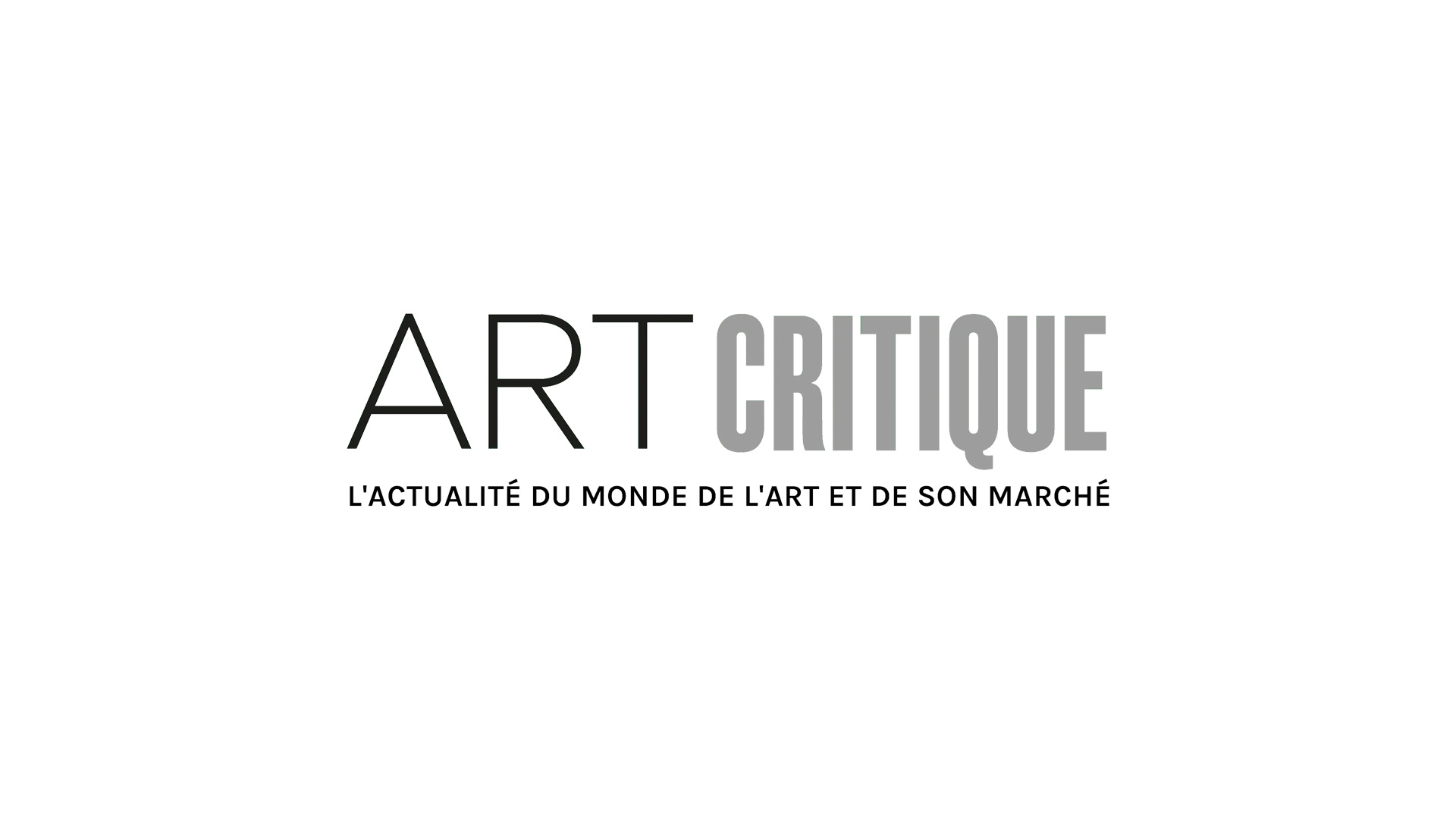How many times have you seen an article or Instagram photo of a regrettable tattoo? Perhaps a tattoo proclaiming ‘No Ragrets’ leading to #tattooregret? In those moments when you’re grateful you don’t have a tattoo or that your tattoo artist was a bit more detail-oriented, it’s difficult to imagine that this is the culmination of nearly 6,000 years of tattooing or that we may be approaching an era of ‘peak tattooing’. With origins in a number of different cultures, tattooing developed as a way of signifying accomplishments or identification for members of a group. A number of motifs found today stem from different locales and sometimes carry unknown or loaded meaning.
Tattooing, like many non-Western art forms, is not typically considered in the history of art. This became particularly prevalent as I watched a friend forge her way through a master’s degree on the subject. Mention that you are working with tattoos and the first, and often only, art historian that will be discussed is Dr. Matt Lodder. While Lodder has done a lot in the name of tattooing within art history, there is an entire world of creativity outside of the scope that art history lends itself to.
At times synonymous with prison, ownership, the armed forces – particularly the navy – and gangs, tattoo has received a bad rap. In addition to these stigmas, tattoo’s often negative reputation stems from its medium: the human body. Religious beliefs have perpetuated the negative idea of tattoo as the human body is typically left unaltered in Western religions. However, such taboos are becoming more relaxed as religion becomes a more fluid concept. Moreover, with the influence of sources like Pinterest and Instagram, the number of tattooed individuals has soared over the past few years as they become more and more commonplace.
Tattooing, though, is not that different from its traditional art brother. The London Tattoo Convention, which brings together world-renowned tattoo artists and enthusiasts for a three-day expo, is reminiscent of an art fair, albeit unconventional when compared to the likes of Frieze. Artists showcase their distinct styles exposing enthusiasts and connoisseurs to new trends and works. Much like an art expert can point out a Rothko or da Vinci, stylistically, tattoo artists are just as recognizable.
Much like traditional notions of art, tattoos are often the product of a patron calling on the tattoo artist for a project. The main divide here, though, is that the canvas is the human body. There are somewhat higher risks with tattooing for both the artist and patron. For the artist, they have little to no authority over the artwork once it is completed. While, for the patron, a tattoo is more or less permanent and cannot be sold at Christie’s when ready to move on from the work.
Tattoo is an intimate artform that deserves more attention, particularly as interest in it and the world around it grows. If the art world does not keep up, knowledge of artists and artworks will pass without recognition leaving more generations of tattoo artists unknown. Who knows, more information on tattooing may even lead to less of those regrettable tattoo choices.





